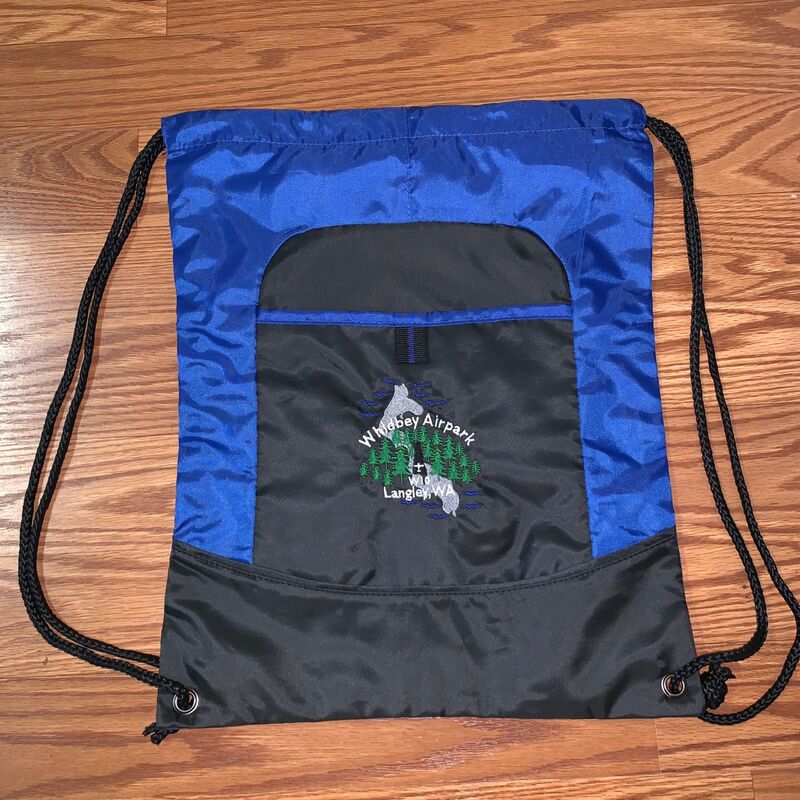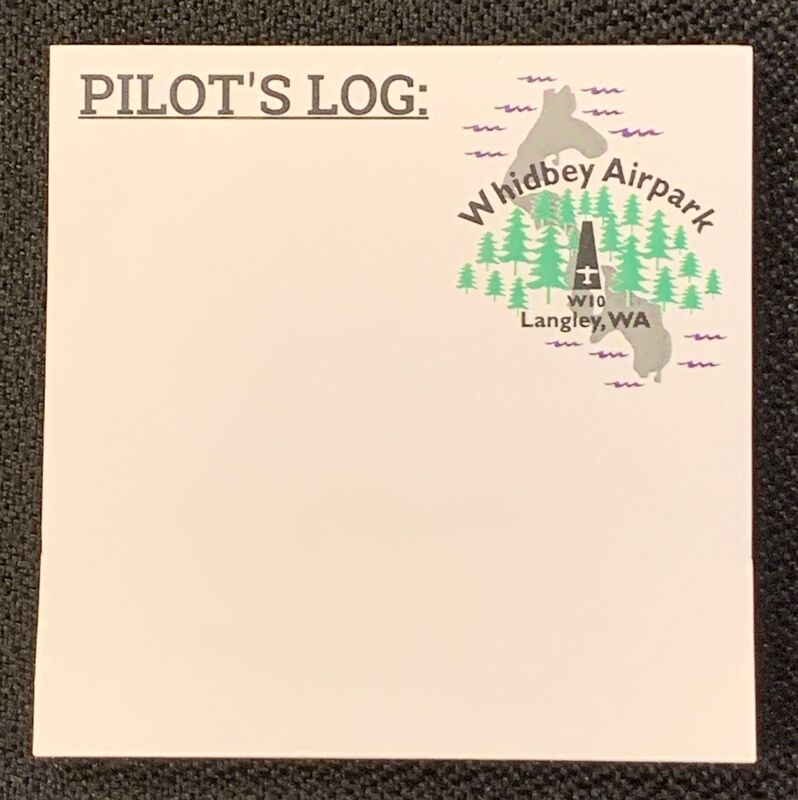|
Cheers to 2020 and wishing all of our friends and family of W10, peace, joy and happiness all year long.
Saturday Social As always we are continuing our monthly Saturday Social at 10 am on the first Saturday of each month at The Muk. Join us this Saturday, January 4th for some coffee and breakfast with fellow aviation enthusiasts. 2019 in Review Before looking forward to 2020 we just wanted to reflect on what happened in 2019 here at W10 (in no particular order):
Looking forward into 2020 - W10's projects:
Private Pilot Ground School Dates for the next ground school are being planned out. If you have any questions about ground school please contact Dave Bennett at [email protected] or Tara or Sky Rudolph at W10 via email at [email protected] or call us at 360-321-0510. Tuesday Talks (Name to change so other days are not excluded) Need a refresher or still never quite understood aspects of things a pilot should know? Dave has graciously agreed to hold classroom sessions to go over subjects like airspace, weather, navigation and flight planning, airplane systems, aerodynamics, radio procedures, weight and balance, safety, predicting performance, etc. It's still a bit too soon after the holidays to finalize dates but as soon as we make them then we'll email you as these plans come together. Taxiway Talks Our third and fourth Taxiway Talks are in the makings so stay tuned and we'll let you know the topic and dates/times as soon as they are finalized. Instructor's Corner This month's contribution about choosing the right altitude comes from Dave Bennett, AGI. If you still have any questions, let Dave ([email protected]) know. From Dave's desk: What’s the right height? Altitude is a pretty simple concept. We monitor our height above Mean Sea Level (MSL) with our altimeter to maintain separation between our airplane and solid objects fixed to the earth. Provided we have set the Kollsman window to the correct pressure, we have a pretty good idea of our vertical position in the world. Now along comes GPS. In addition to our altimeter (required equipment) we often have the GPS capability (not required equipment) in the cockpit, displaying another source of altitude on our iPad, phone or whatever. The two sources of altitude will no doubt differ, casting doubt on which is correct. Another dilemma. On a clear, cold beautiful PNW day at 10,500 ft over the Cascades and the outside air temperature (OAT) was a brisk -12 oC, I noticed my Foreflight GPS altitude was about 500ft lower than the indicated altitude. I knew the altimeter is subject to errors on non-standard temperature days, but got to “overthinking” the difference which leads to the question of the day. Which altitude should we fly during cruise on a VFR flight ? I’ll give you some choices:
Sec. 91.121 — Altimeter settings. (a) Each person operating an aircraft shall maintain the cruising altitude or flight level of that aircraft, as the case may be, by reference to an altimeter that is set, when operating-- (1) Below 18,000 feet MSL, to-- (i) The current reported altimeter setting of a station along the route and within 100 nautical miles of the aircraft; (ii) If there is no station within the area prescribed in paragraph (a)(1)(i) of this section, the current reported altimeter setting of an appropriate available station; or (iii) In the case of an aircraft not equipped with a radio, the elevation of the departure airport or an appropriate altimeter setting available before departure; Pilots are required to fly the airplane per the indicated altitude. FAR 91.121 does not reference any corrections for non-standard temperature, so no corrections for temperature should be applied. If you are flying IFR, corrections for temperature are more important and some approaches require temperature compensation under certain extremes. It is important to fly at the indicated altitude per your flight plan or when ATC has instructed you to fly a specific altitude. It is also important when you tell ATC what altitude you are flying that it be the indicated altitude. ATC expects you to fly the indicated altitude, not corrected for temperature. This seems a little odd, because indicated altitude is not output on your transponder. Your transponder outputs pressure altitude (altitude set against a standard 29.92 in of Hg). What the controller will see is your transponder output pressure altitude corrected (by their system) for the appropriate altimeter, providing the guy on the radio with the same indicated altitude you see. This assures everyone in the same area will be flying based on a consistent indicated altitude. If there are temperature errors, they should in theory apply to all airplanes in a specific area. Above 18,000 ft, all airplanes use flight level (FL) which is based strictly on pressure altitude. Answers:
W10 Swag Currently there are Cinch Bags ($15) and W10 oval vinyl stickers ($5) and now NEW 50 sheet post-it notes ($3) available so you can represent your favorite little airport in the woods. All proceeds go towards the airport to help with maintenance and improvement projects.
0 Comments
|
Newsletter Sign-upPlease visit our contact page to sign up for our newsletter!
Archives
November 2023
Categories |
Site powered by Weebly. Managed by Hostmonster



 RSS Feed
RSS Feed